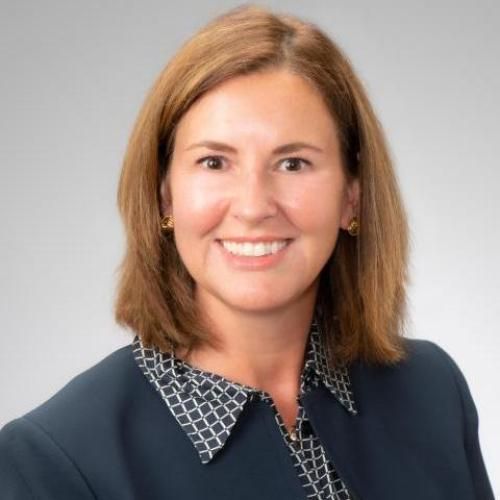Dural augmentation approaches and complication rates after posterior fossa decompression for Chiari I malformation and syringomyelia: a Park-Reeves Syringomyelia Research Consortium study.
OBJECTIVE: Posterior fossa decompression with duraplasty (PFDD) is commonly performed for Chiari I malformation (CM-I) with syringomyelia (SM). However, complication rates associated with various dural graft types are not well established. The objective of this study was to elucidate complication rates within 6 months of surgery among autograft and commonly used nonautologous grafts for pediatric patients who underwent PFDD for CM-I/SM. METHODS: The Park-Reeves Syringomyelia Research Consortium database was queried for pediatric patients who had undergone PFDD for CM-I with SM. All patients had tonsillar ectopia ≥ 5 mm, syrinx diameter ≥ 3 mm, and ≥ 6 months of postoperative follow-up after PFDD. Complications (e.g., pseudomeningocele, CSF leak, meningitis, and hydrocephalus) and postoperative changes in syrinx size, headaches, and neck pain were compared for autograft versus nonautologous graft. RESULTS: A total of 781 PFDD cases were analyzed (359 autograft, 422 nonautologous graft). Nonautologous grafts included bovine pericardium (n = 63), bovine collagen (n = 225), synthetic (n = 99), and human cadaveric allograft (n = 35). Autograft (103/359, 28.7%) had a similar overall complication rate compared to nonautologous graft (143/422, 33.9%) (p = 0.12). However, nonautologous graft was associated with significantly higher rates of pseudomeningocele (p = 0.04) and meningitis (p < 0.001). The higher rate of meningitis was influenced particularly by the higher rate of chemical meningitis (p = 0.002) versus infectious meningitis (p = 0.132). Among 4 types of nonautologous grafts, there were differences in complication rates (p = 0.02), including chemical meningitis (p = 0.01) and postoperative nausea/vomiting (p = 0.03). Allograft demonstrated the lowest complication rates overall (14.3%) and yielded significantly fewer complications compared to bovine collagen (p = 0.02) and synthetic (p = 0.003) grafts. Synthetic graft yielded higher complication rates than autograft (p = 0.01). Autograft and nonautologous graft resulted in equal improvements in syrinx size (p < 0.0001). No differences were found for postoperative changes in headaches or neck pain. CONCLUSIONS: In the largest multicenter cohort to date, complication rates for dural autograft and nonautologous graft are similar after PFDD for CM-I/SM, although nonautologous graft results in higher rates of pseudomeningocele and meningitis. Rates of meningitis differ among nonautologous graft types. Autograft and nonautologous graft are equivalent for reducing syrinx size, headaches, and neck pain.
Duke Scholars
Published In
DOI
EISSN
Publication Date
Volume
Issue
Start / End Page
Location
Related Subject Headings
- Transplants
- Transplantation, Heterologous
- Transplantation, Autologous
- Syringomyelia
- Postoperative Complications
- Neurosurgical Procedures
- Neurology & Neurosurgery
- Male
- Humans
- Female
Citation
Published In
DOI
EISSN
Publication Date
Volume
Issue
Start / End Page
Location
Related Subject Headings
- Transplants
- Transplantation, Heterologous
- Transplantation, Autologous
- Syringomyelia
- Postoperative Complications
- Neurosurgical Procedures
- Neurology & Neurosurgery
- Male
- Humans
- Female


